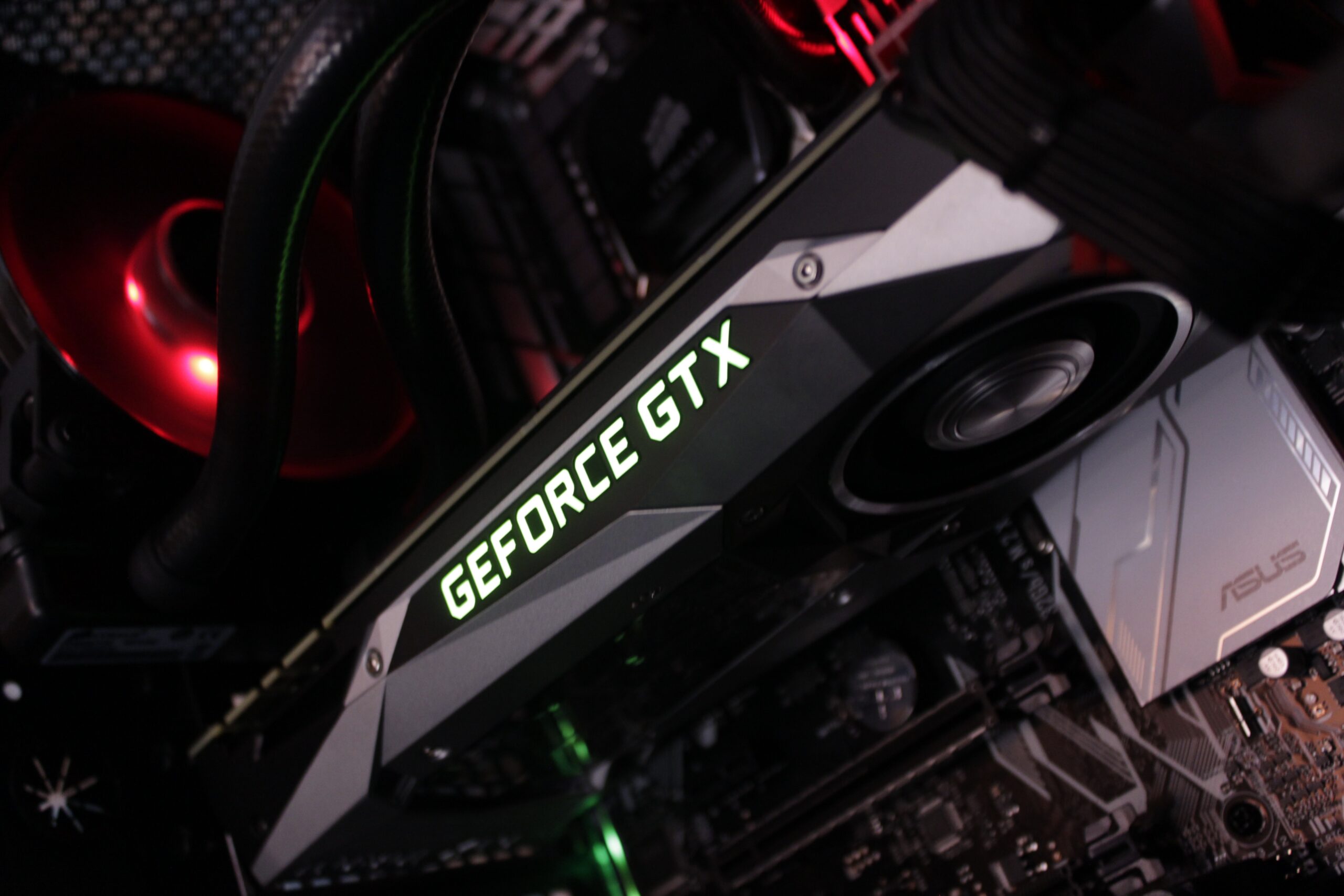The virtual world is a convenient one that could almost recreate anything – providing users with images and figures that would be immensely harder to create in real-life than it is to generate a 3D model in your computer. The virtual world has already taken great strides in improving the quality of its images and the speed by which it generates these figures. Of course, this also led to an increase in the prices of these technological devices. Still, modern developments have been working on making it function more efficiently to reduce the costs of its production and the overall cost of your build.
The spec that is mainly responsible for generating these images, at least when it comes to modern computers, is your graphics processing unit or GPU. The GPU is like an additional processor that takes some load off your CPU and translates it into images then viewed through the display. Essentially, it takes the heavy work of generating these images from the CPU to allow other aspects of the computer to work on what they were designed to do. In the past, the CPU was held responsible for this task with the help of “frame buffers” to store the memory, but with the complex rendering of modern graphics, a little assistance is now necessary to maintain ideal speed.
The Importance of GPUs
Modern-day GPUs are designed to handle large amounts of complex rendering and image generation to support demanding games and heavy rendering use. Suppose you are utilizing applications that are not that extensive when it comes to its image generation demand. In that case, you might not notice an increase in speed by simply upgrading the quality of your GPU. However, when it comes to other processes, the GPU provides your computer with that much-needed boost of performance that the application would then take advantage of – performing better as the quality of your GPU increases.
Demanding Games
To make things straightforward, if you are an avid fan of heavy and demanding games that employ the generation of better-looking and more complex structures, then a better GPU would undoubtedly be the most significant upgrade that you should be aiming for. Sure, other aspects like your CPU and RAM would always matter, but your GPU would always be the most sustainable in this aspect due to its impact on the computer’s overall gaming performance.
Video Editing and Rendering
GPUs designed for professional video editing and rendering use could sometimes be located in a different market entirely as they are mainly focused on addressing these processes. However, the core aspect of its service remains the same – affecting techniques like video encoding, 3D rendering, and computer-aided design and manufacturing (AutoCAD).
The Difference Between Integrated and Dedicated GPUs
Integrated GPUs are essentially GPUs built into the CPU, providing baseline processes not suitable for gaming and other heavy operations. On the one hand, Dedicated GPUs employ the opposite and are mainly designed to suit a particular purpose. Although the quality of integrated GPUs has been far lower in the past years, it is arguable that their quality has been steadily increasing with the help of modern developments.

